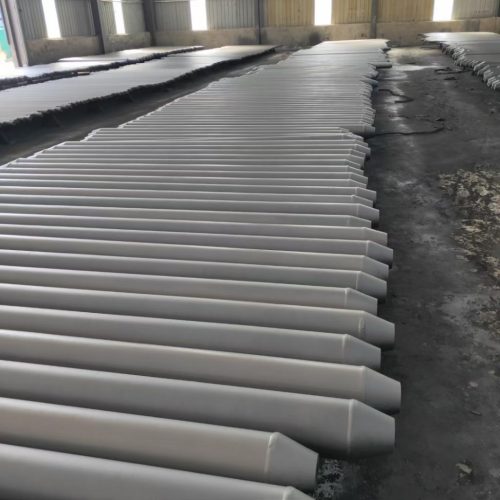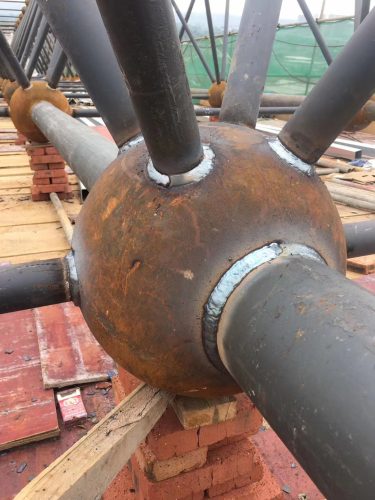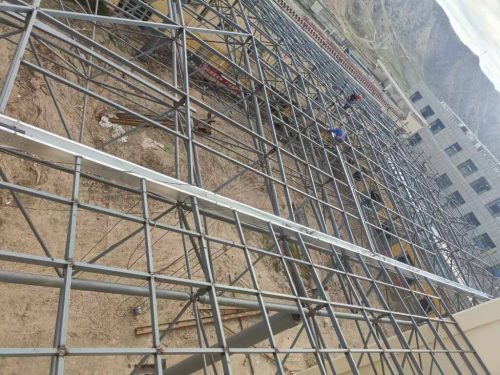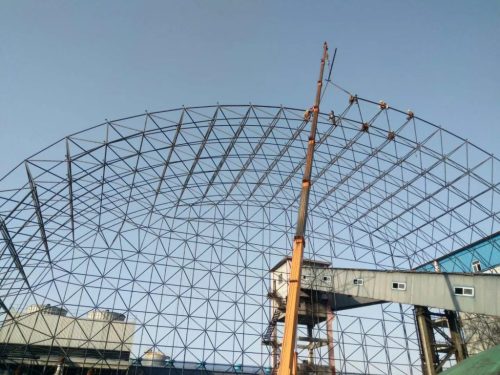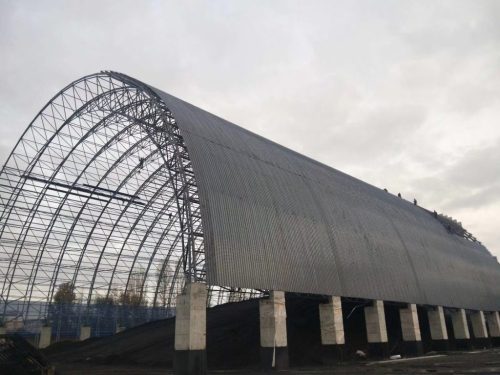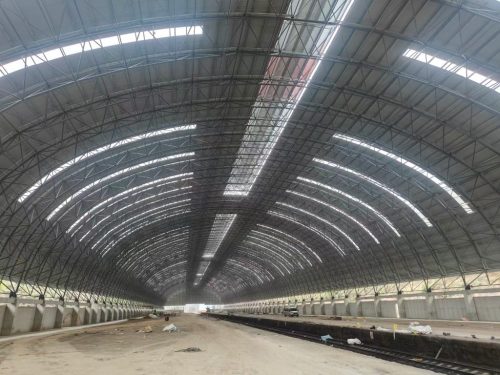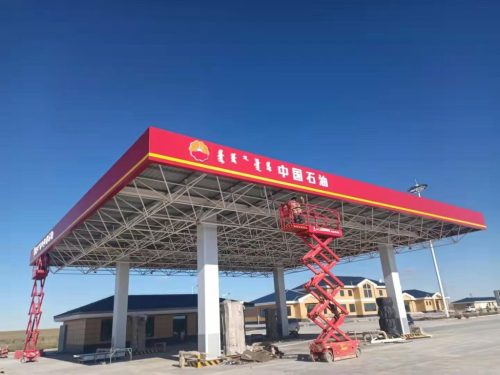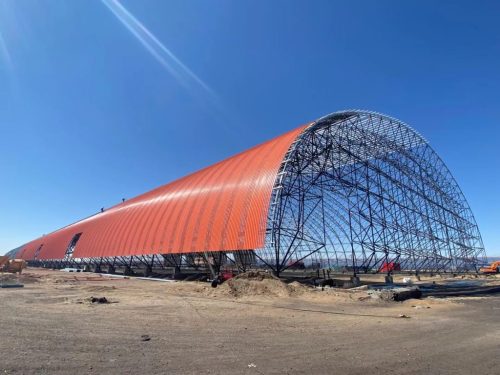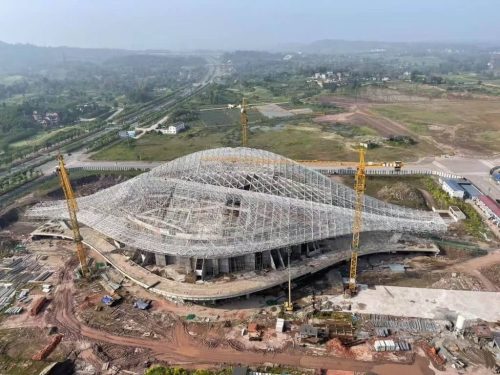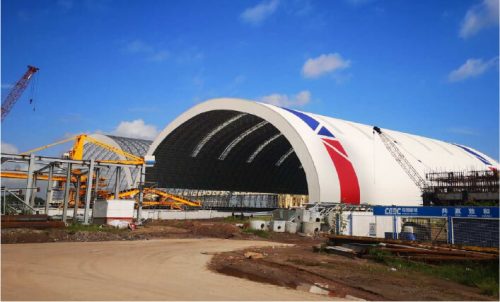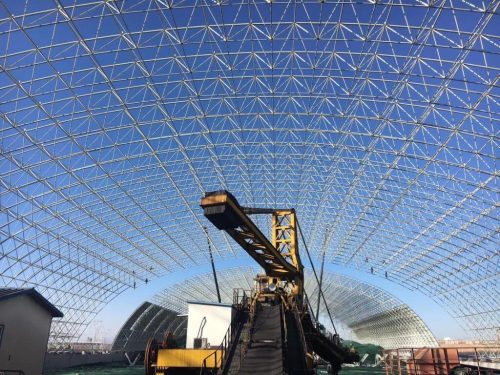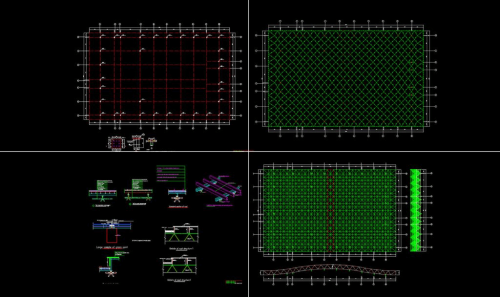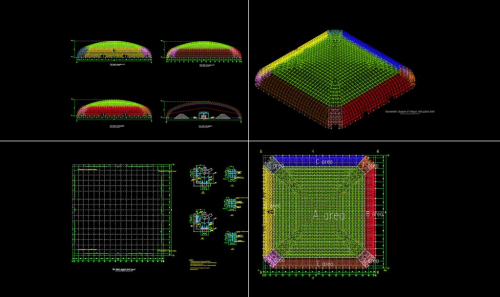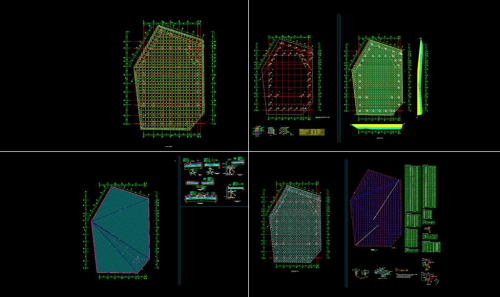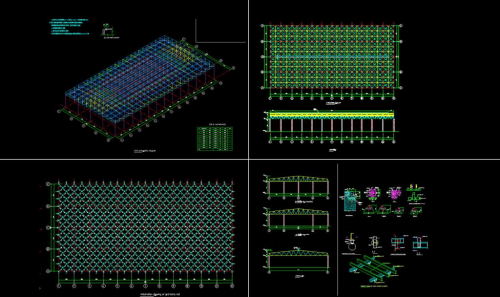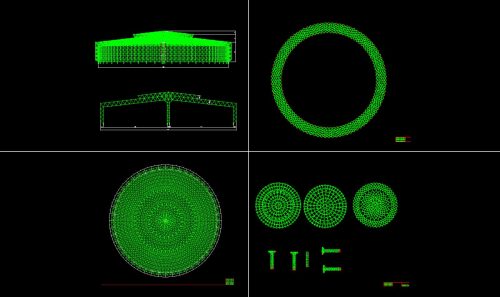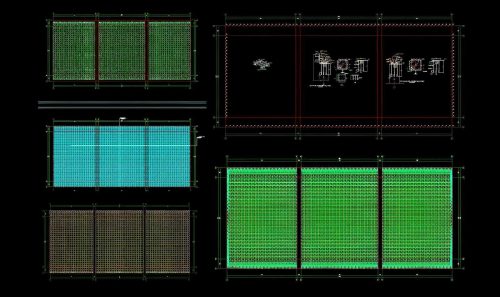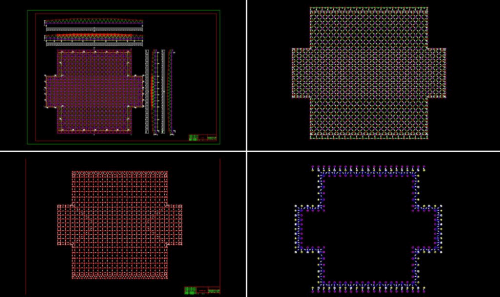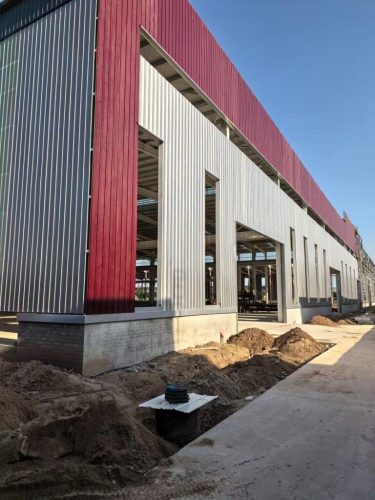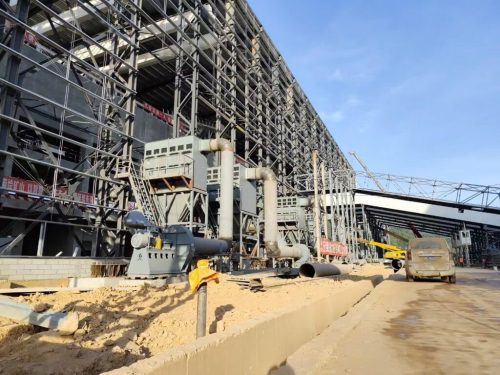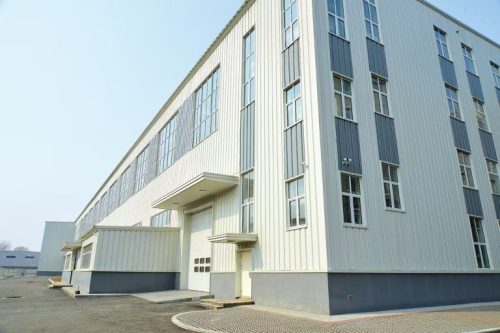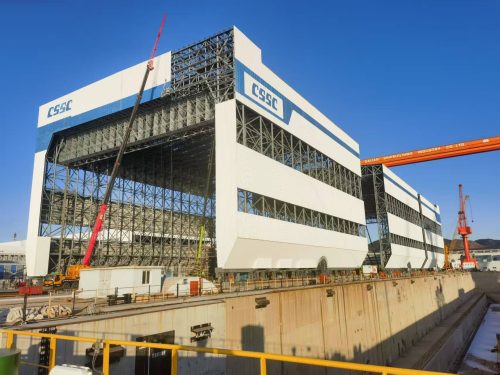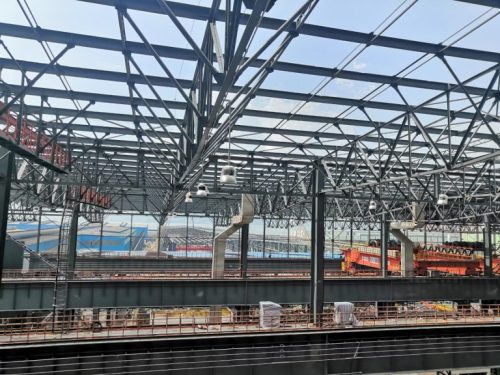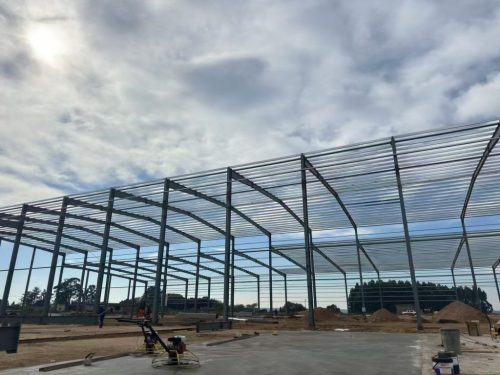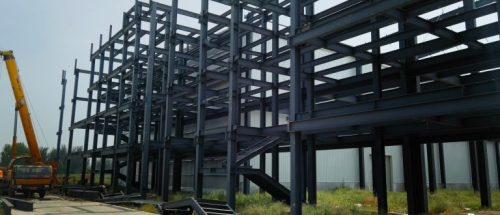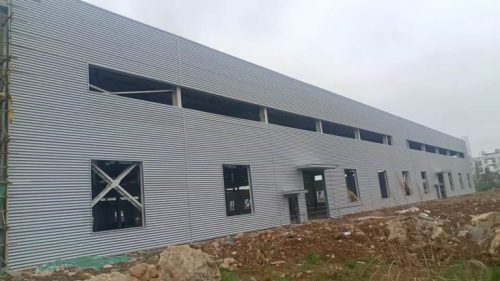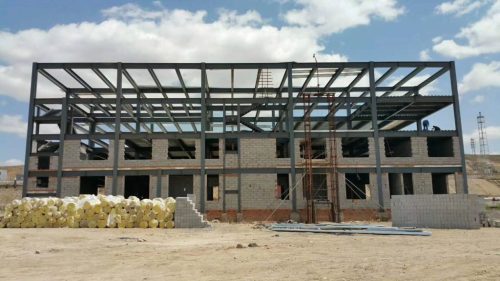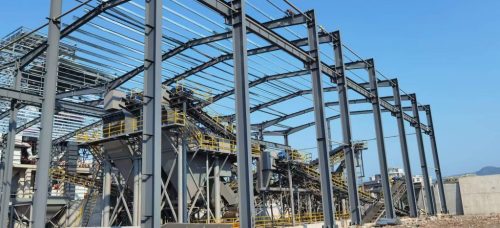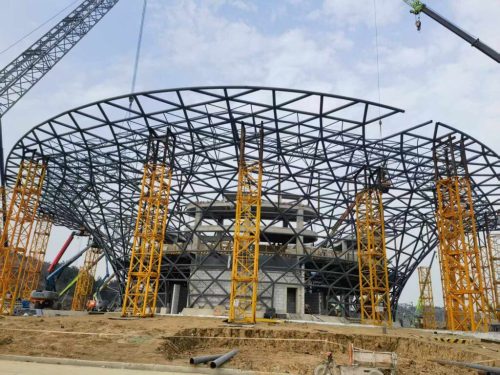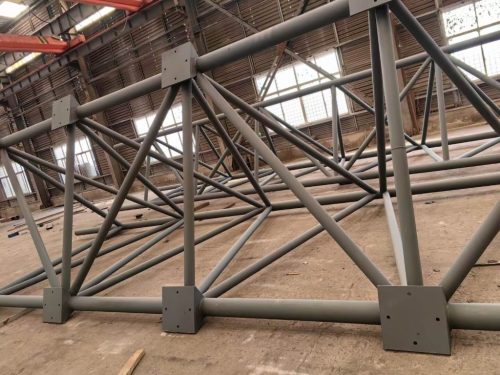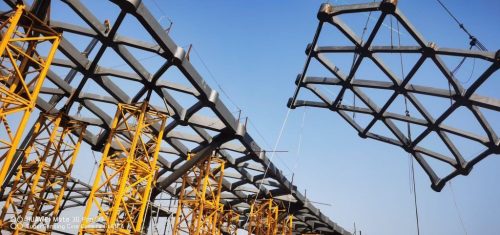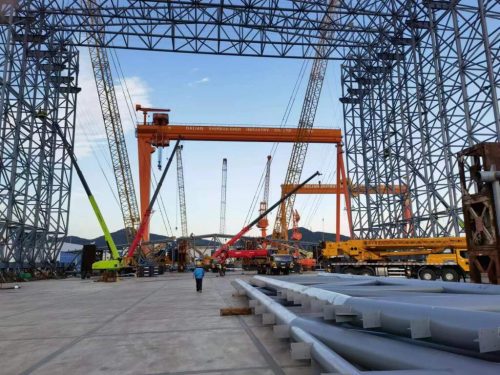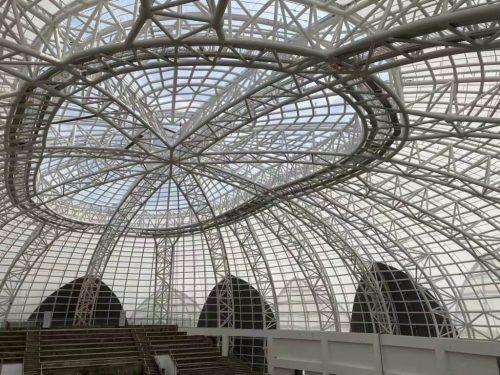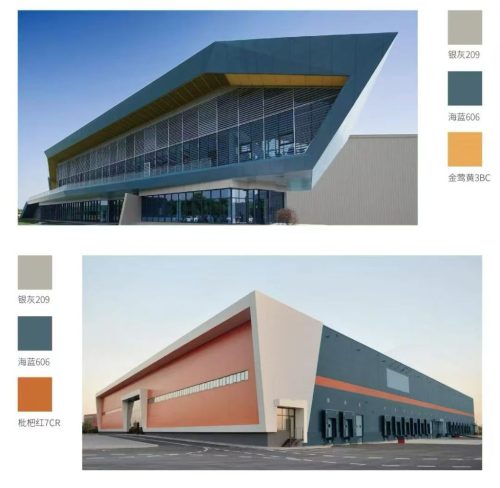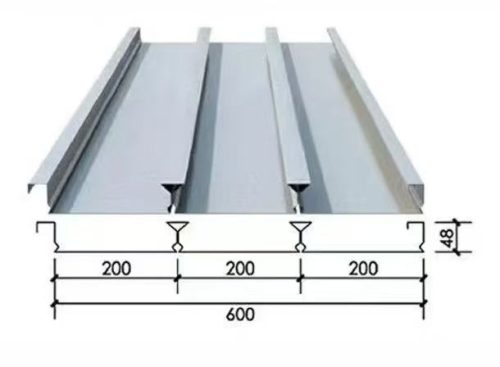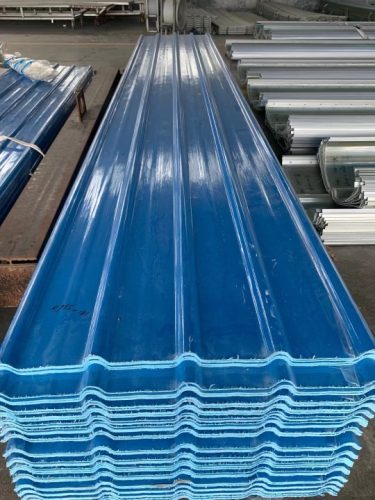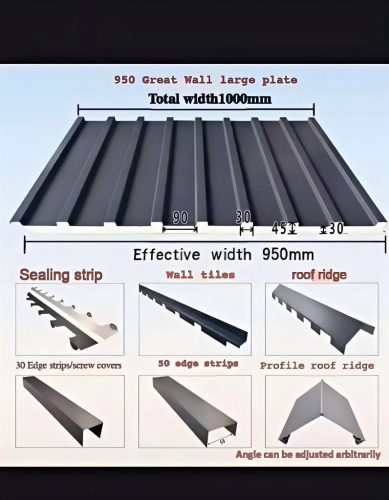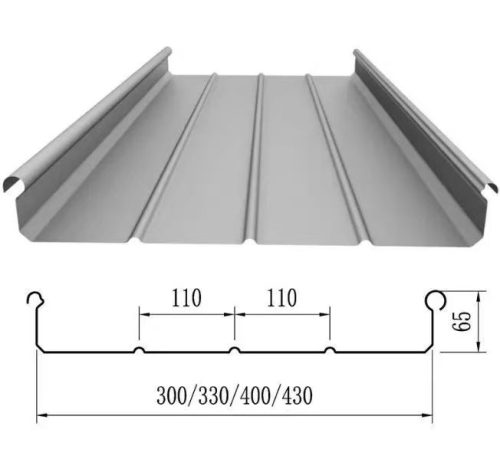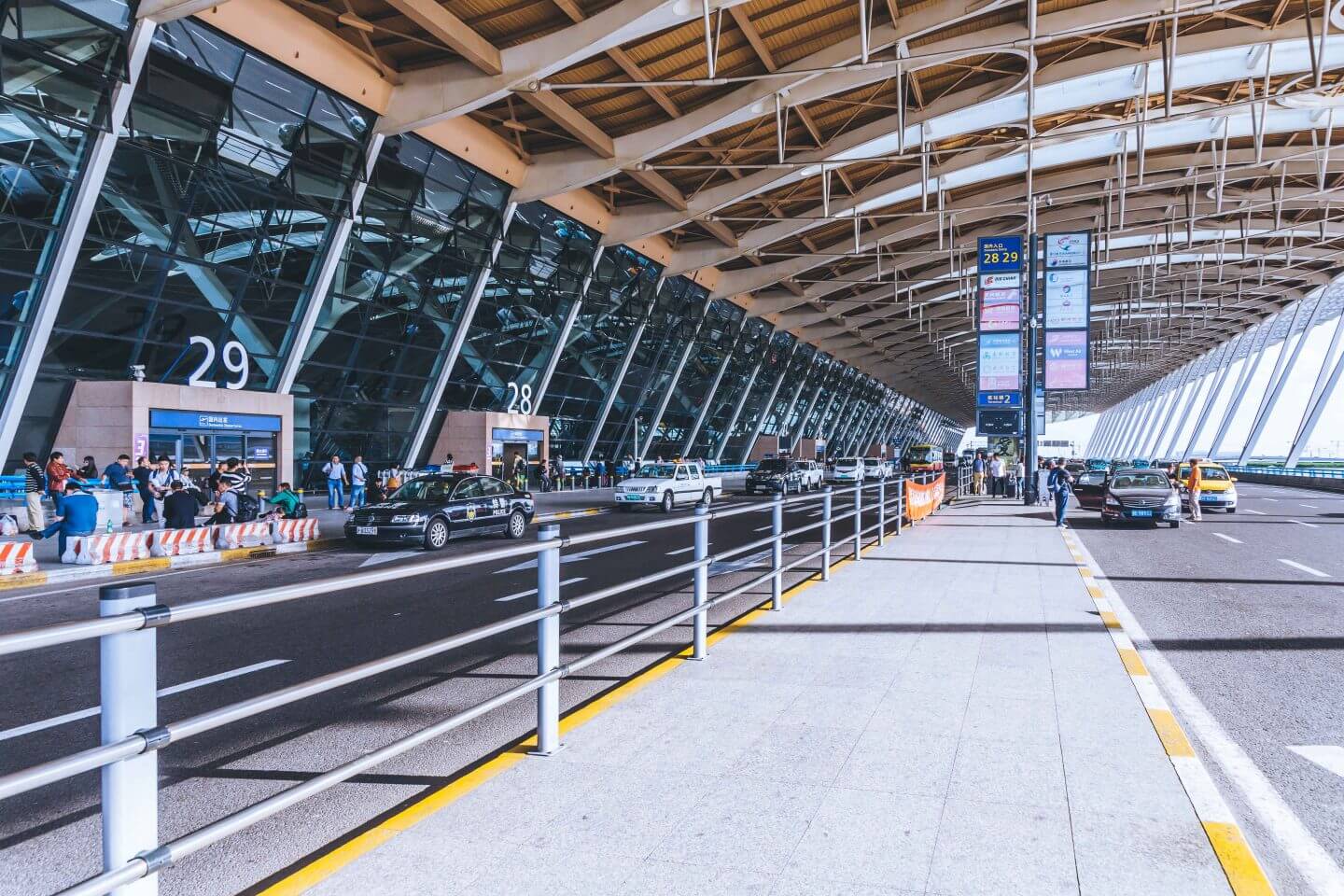Application of Steel Structure Space Frames in Large Public Buildings
Steel space frame structures have revolutionized the way architects and engineers design and construct large public buildings. Known for their high strength-to-weight ratio, flexibility, and efficient load distribution, steel space frames are widely used in stadiums, airports, exhibition centers, and other buildings that require wide, column-free spaces. Their adaptability and aesthetic appeal make them an ideal solution for modern large-span architecture.
What Is a Steel Space Frame?
A steel space frame is a three-dimensional structural system composed of interconnected steel members, arranged in geometric patterns (such as tetrahedrons or octahedrons). These frames distribute loads uniformly in all directions and offer excellent resistance to bending, making them suitable for long-span and complex roof designs.
Why Space Frames Are Ideal for Large Public Buildings
1. Large Span Capabilities
One of the main reasons steel space frames are preferred in public buildings is their ability to cover large spans without internal columns. This feature is essential in stadiums, airport terminals, and exhibition halls, where open interior space is critical for crowd flow, equipment installation, and visual impact.
2. Lightweight Yet Strong
The geometric configuration of a space frame allows it to carry heavy loads while remaining lightweight. Compared to traditional concrete or flat steel roofs, a space frame reduces the overall weight of the building, resulting in cost savings in foundation and support structures.
3. Fast and Efficient Construction
Steel space frames are usually prefabricated in factories and assembled on-site, which significantly speeds up the construction process. This is particularly advantageous for large-scale public projects that are often time-sensitive.
4. Architectural Flexibility
Designers appreciate space frames because they can be shaped into domes, curved surfaces, or free-form structures, providing visually striking architectural effects. This design flexibility allows public buildings to stand out as city landmarks.
Key Applications in Public Buildings
1. Stadiums
Sports stadiums require vast column-free areas to provide unobstructed views for spectators. Steel space frames make it possible to construct expansive roof systems that cover seating areas while withstanding wind and snow loads. A famous example is the “Bird’s Nest” stadium in Beijing, which uses an intricate steel structure to create both function and form.
2. Airports
Modern airports prioritize openness, daylight penetration, and smooth passenger flow. Steel space frames enable the construction of large terminal roofs that are both lightweight and visually pleasing. The absence of internal columns maximizes usable space and creates a welcoming, spacious environment.
3. Exhibition Centers
Exhibition halls demand flexible interior layouts to accommodate varying display setups and large crowds. Steel space frames provide the long spans and adaptable structures needed for such multifunctional use. The minimal structural interference also makes it easier to install lighting, banners, and temporary partitions.
Sustainability and Maintenance Benefits
Steel space frames are also an environmentally friendly choice. Steel is recyclable, and the reduced material usage due to the efficient structural form leads to lower embodied energy. Moreover, space frames are designed to be low-maintenance, with corrosion-resistant coatings and easy access for inspections, making them ideal for public infrastructure with long life cycles.
Conclusion
Steel structure space frames offer a smart, sustainable, and efficient solution for large public buildings. Their ability to span vast areas without internal supports, combined with fast construction times and architectural freedom, makes them a top choice for modern infrastructure projects. Whether building a stadium, airport terminal, or exhibition center, integrating a steel space frame system ensures structural performance, cost-efficiency, and iconic design.



